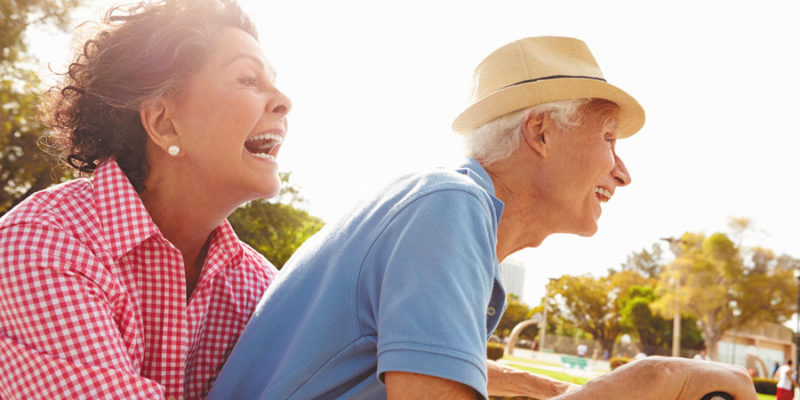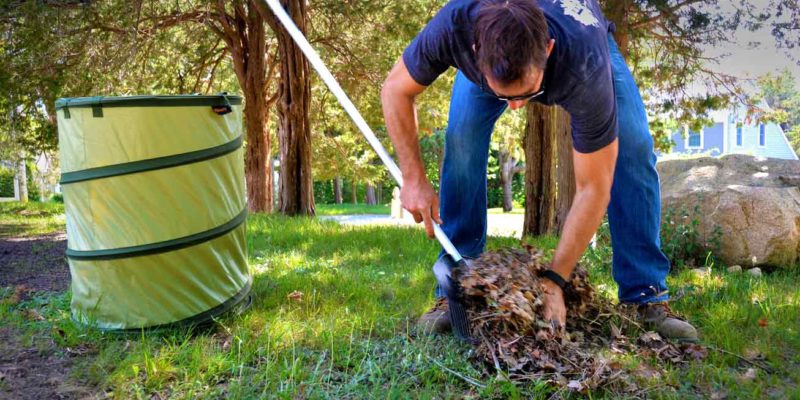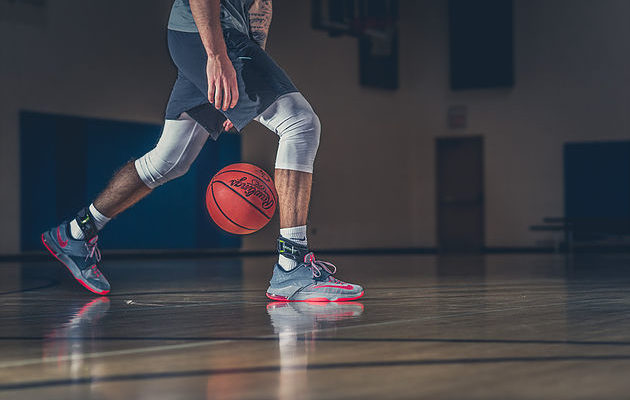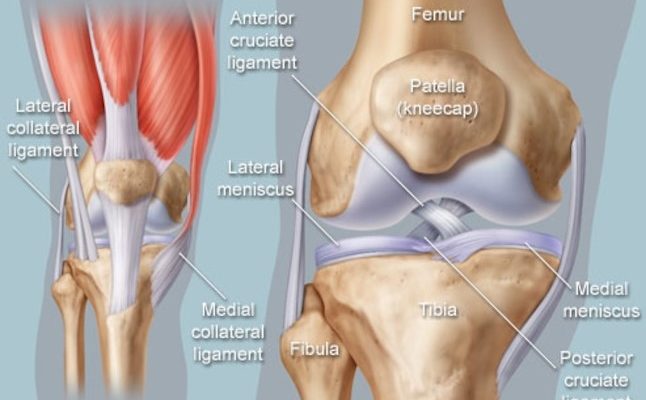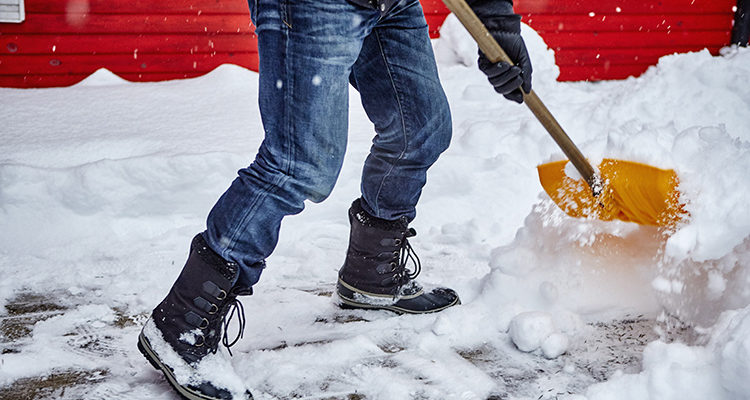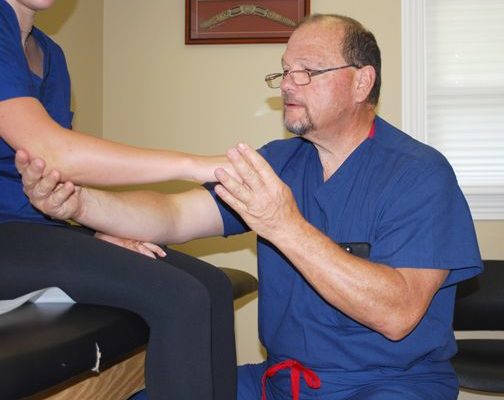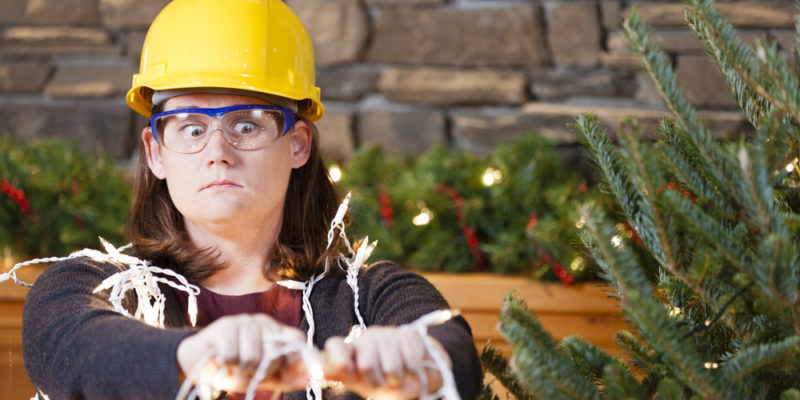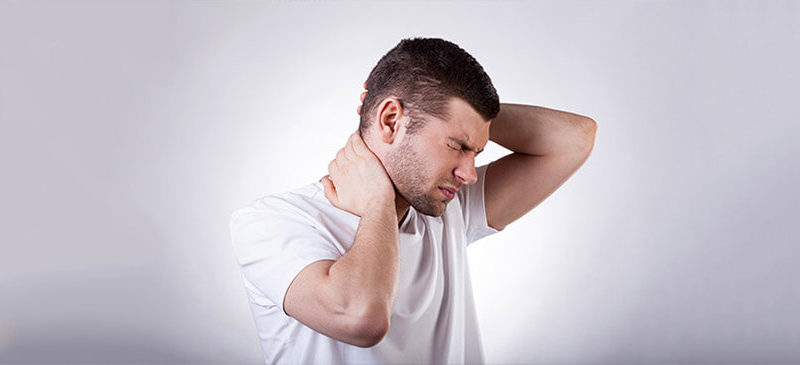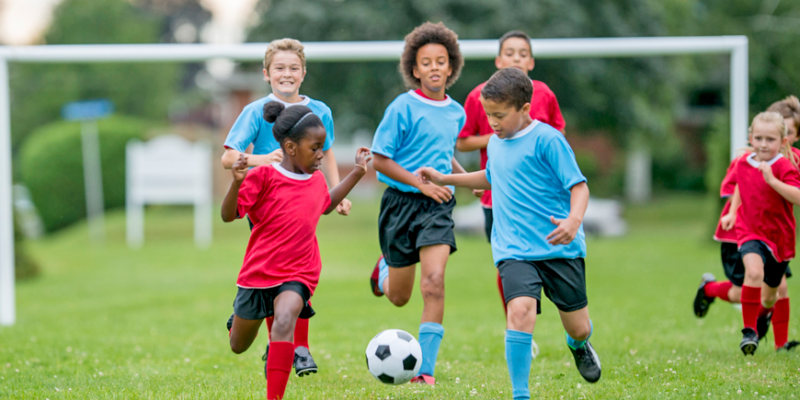Certain things get better with age, our bodies do not. We are filled with mechanical parts like joints, and tendons, and ligaments that can simply wear out. There are surgical options to help with this, but not everyone is ready for surgery or not an ideal candidate.
If you have one of these conditions, pay special attention!
- Tendonitis
- Rotator cuff tendonitis of the shoulder
- Tennis elbow
- Trigger fingers and points
- Plantar fasciitis of the foot (heel spurs)
- Joint and muscle inflammation
- Pain
- Swelling or arthritis of joints
- Nerve inflammation
- Carpal tunnel syndrome
- Morton neuromas in the foot
- Neck and back pain
A few of the non-surgical options to help heal and reduce your inflammation and pain are:
Cortisone Injections
Cortisone (corticosteroid) is a powerful anti-inflammatory hormone that is injected directly into the affected area to decrease joint swelling which, as a result, increases mobility and function. By controlling inflammation, cortisone helps reduce or eliminate the pain with certain conditions. Cortisone injections may mean rapid inflammation relief, dependability, and minimal side effects. Relief can be felt in two to seven days with up to 3 weeks before the full effect is felt. The result will last up to three months and can be done up to 4 times a year.
Viscosupplementation
There are injections which lubricate the joint or tissue injury. Viscosupplementation is one such procedure where a thick fluid called hyaluronic acid is injected into the knee joint. Hyaluronic acid is a naturally occurring substance found in the synovial (joint) fluid. It acts as a lubricant to enable bones to move smoothly over each other and as a shock absorber for joint loads.
Platelet Rich Plasma (PRP) Injection
PRP is being used regularly at the highest levels of sports, and on the most highly salaried athletes in the world today. This technique came into the spotlight when Hines Ward and Troy Polamalu of the Pittsburgh Steelers received PRP therapy prior to winning Super Bowl XLIII. There are similar success stories in all professional sports.
Our blood consists of a liquid component known as plasma, red blood cells (RBCs), white blood cells (WBCs), and platelets. Platelets play an important role in forming blood clots as well as consisting of special proteins, known as growth factors. These help with our body’s healing process. Platelet-rich plasma contains 94% of platelets versus the normal concentration of growth factors found in normal blood (6%). It increases the healing properties exponentially.
Your own blood is placed in a centrifuge to separate the platelet-rich plasma from the other components of whole blood. The concentrated platelets are injected into the site of the injury, often using ultrasound guidance for accuracy. The growth factors stimulate tissue recovery by increasing collagen production. This enhances tendon stem cell production, and tenocyte-related gene and protein expression. They also stimulate blood flow and cause cartilage to become firmer and more resilient.
PRP injections can help alleviate painful symptoms, promote healing, and delay joint replacement surgeries in conditions such as muscle, ligament, and tendon injuries; arthritis; and fractures.
Any tendon or ligament injury (except complete tears) may be treated successfully with PRP. It will reduce the downtime while also reducing the chance for re-injury.
There is some discomfort associated with both acquiring the blood to inject, the actual injection itself, and for several days after. The relief found from a PRP injection is not immediate.
A visit to Dr. Marshall P. Allegra will help you choose the best option for you. He is a board-certified orthopedic surgeon in private practice in Monmouth County for over 25 years. As an experienced diagnostician, Dr. Allegra can expertly determine sports-induced injuries, and then determine the best treatment options to return your student back to the playing field, restoring functionality and range of motion as quickly as possible and avoiding long term implications.

